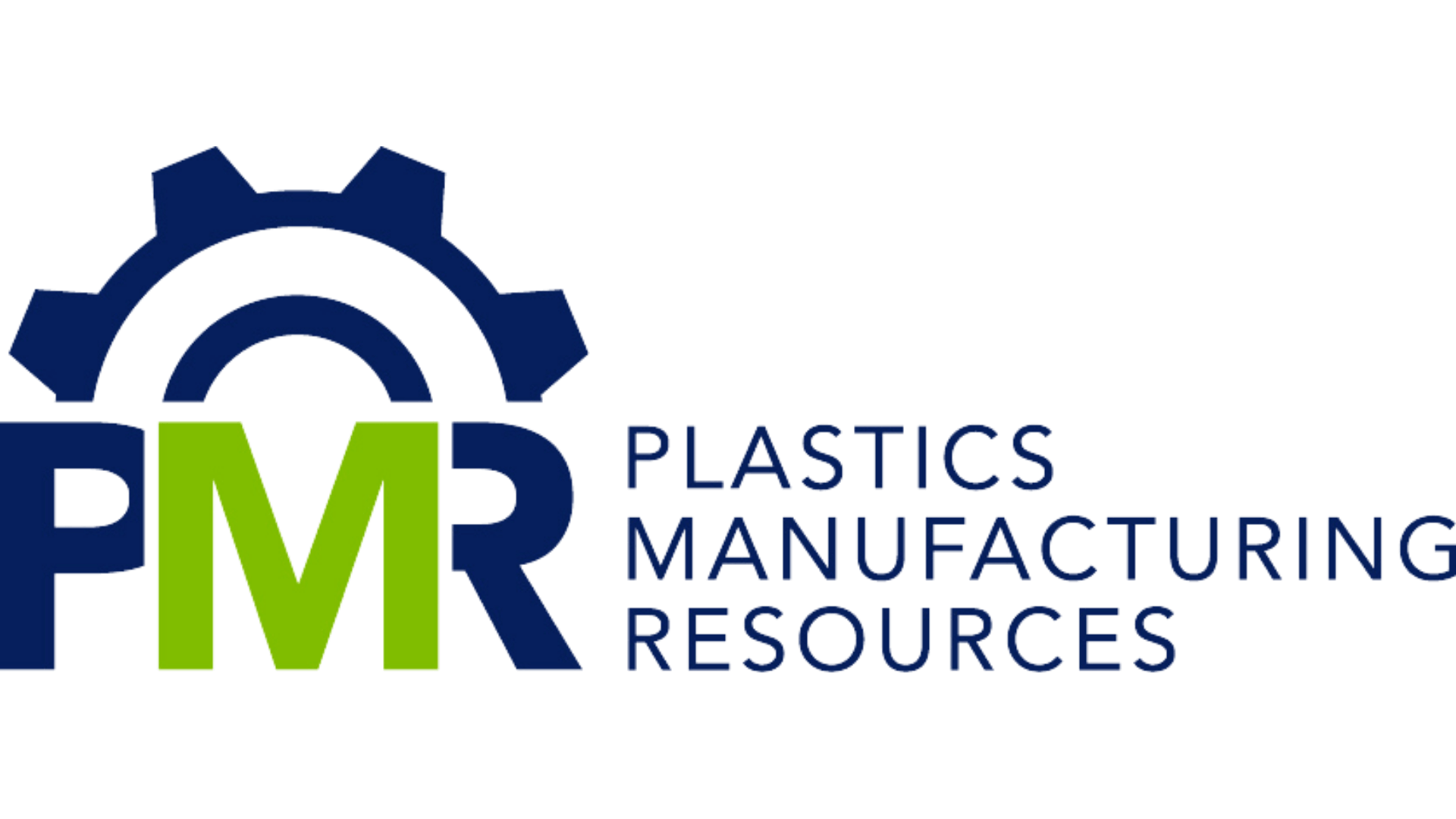Thermoforming is the process of heating a sheet of plastic material to a pliable temperature, then forming it against a mold where it cools and solidifies into its finished shape. This process is attractive for many applications due to the low tooling and set-up costs. Minimum order quantities also typically compare very favorably to injection molding.
Thermoforming is commonly divided into two categories: vacuum forming and pressure forming. In vacuum forming, the hot plastic sheet is pulled against the contours of the mold by vacuum pressure. Since pressure is only applied to one side of the sheet, vacuum forming is typically selected for parts that are relatively simple in design and that do not require deep texture.
In pressure forming, additional air pressure is utilized to push the plastic sheet against the mold. The combined pressure on both sides of the sheet produces a rich, molded-in texture and allows for complex part geometry that cannot be replicated by vacuum forming. If your part requirements involve undercuts, tight radii, or especially sharp texture, then pressure forming is typically the right choice
Advantages Of Thermoforming
- Lower tooling costs compared to injection molding.
- Quick product development.
- Ease of prototyping.
- Bright color and texture options.
- Extreme adaptability and simple adjustments.
Vacuum Forming
A hot plastic sheet is pulled against a mold. Pressure is only applied to one side of the sheet, so this method is used for parts with a simple design.
Pressure Forming
A hot plastic sheet is both pushed and pulled against a mold. Since pressure is applied to both sides of a sheet, this method allows for more intricate and detailed parts.

